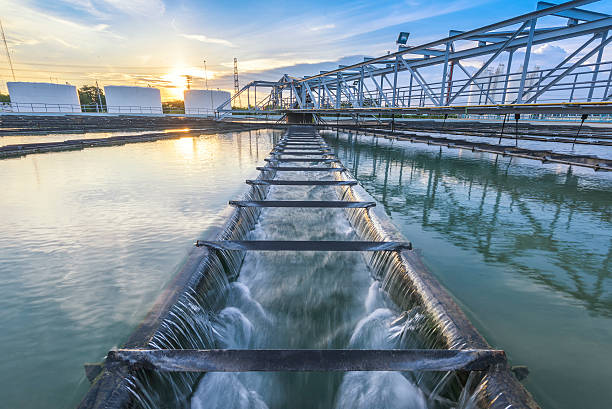p-Isopropyltoluene

p-Isopropyltoluene is a constituent of a number of essential oils, most commonly the oil of cumin and thyme. Safe Home offers a few kits that provide drinking water testing for p-Isopropyltoluene in city and well water supplies.
Parameter Type: Drinking Water Testing for Volatiles
Parameter Name: p-Isopropyltoluene
What it is and Where it Comes From:
p-Isopropyltoluene also known as p-Cymene, is a naturally occurring aromatic organic compound. It is classified as an alkylbenzene related to a monoterpene. Its structure consists of a benzene ring para-substituted with a methyl group and an isopropyl group. p-Cymene is insoluble in water, but miscible with organic solvents. It is a constituent of a number of essential oils, most commonly the oil of cumin and thyme. Significant amounts are formed in sulfite pulping process from the wood terpenes. Drinking water testing gives you several benefits like peace of mind, identifying contaminants in your water, and insight into health concerns. Safe Home offers Laboratory drinking water testing kits for p-Isopropyltoluene, allowing you to collect your water sample and ship it directly to our EPA-Certified Laboratory. This platform of drinking water testing for p-Isopropyltoluene will give you an accurate level based on the lowest level of a parameter our instruments can detect (Method Detection Level). Safe Home drinking water testing for volatiles can be used for city and well water supplies. Drinking water testing should be done any time you notice a significant change in your water quality.
Health Effects:
p-Isopropyltoluene can cause symptoms of diarrhea, drowsiness, headache, nausea, vomiting, and unconsciousness. Prior to death, rats showed typical signs of intoxication such as depression, tremor, lethargy, and muscular weakness. Necropsy was reported to show hyperemic lungs with scattered areas of hemorrhage, atelectasis and emphysema, partially digested blood and food in the stomach, petechial hemorrhages in the glandular stomach with hyperemic mucosa, bloody mucus in the upper small intestine and clear mucus in the lower small intestine, pale and mottled liver, congested liver, and distended urinary bladder. Some animals had blood-tinged urine or contained suspended dark solid material resembling precipitated hemoglobin.
Solutions to Contaminant Levels:
After drinking water testing, what is the next step? A filter with granular activated carbon (GAC) is a proven option to remove certain chemicals, particularly organic chemicals, from water. GAC filters can be used to remove chemicals that give objectionable odors or tastes to water such as hydrogen sulfide (rotten eggs odor) or chlorine. Reverse osmosis is a process that removes foreign contaminants, solid substances, large molecules, and minerals from water by using pressure to push it through specialized membranes. Here’s how reverse osmosis works. Unlike osmosis, which is a passive process, reverse osmosis requires external force (pressure) to work. Pressure is applied to a highly concentrated solute solution, such as salt water, to pass through a membrane to a lower concentrate solution. The membrane allows water to flow through but blocks out larger molecules, like contaminants. The reverse osmosis process leaves higher concentrations of solute on one side and only the solvent, or freshwater, on the other. Who do I need to contact to find out more information about water quality in my area? Every community water supplier must provide an annual report to its customers, known as a Consumer Confidence Report (CCR). The report provides information on your local drinking water quality, including the water’s source, contaminants found in the water, and how consumers can get involved in protecting drinking water. How often does the local public water system preform drinking water testing? Frequency of drinking water testing depends on the number of people served, the type of water source, and types of contaminants. Certain contaminants are tested more frequently than others, as established by the Safe Drinking Water Act. You can find out about levels of regulated contaminants in your treated water for the previous calendar year in your annual Consumer Confidence Report (CCR).


